Action Potential
Introduction
Action potential is a fundamental concept in the field of neuroscience. It refers to the rapid and temporary change in electrical potential that occurs across the membrane of a nerve cell (neuron) in response to stimulation. This electrical event is the basis for the conduction of signals along the nerve fiber, which enables communication between different parts of the body.
Biophysical Basis
The action potential is a result of the movement of ions across the neuron's membrane. The neuron's membrane is selectively permeable, allowing certain ions to pass through while blocking others. The most important ions involved in the generation of an action potential are sodium (Na+) and potassium (K+).
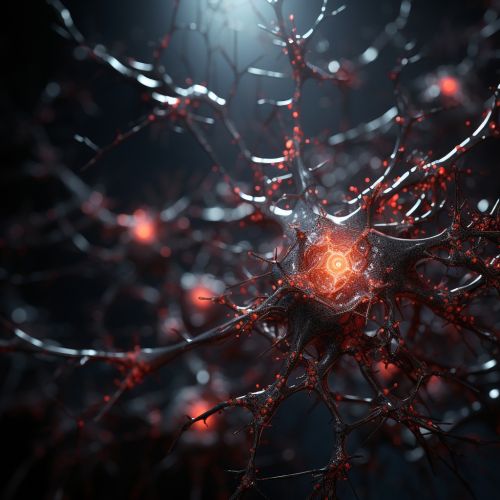
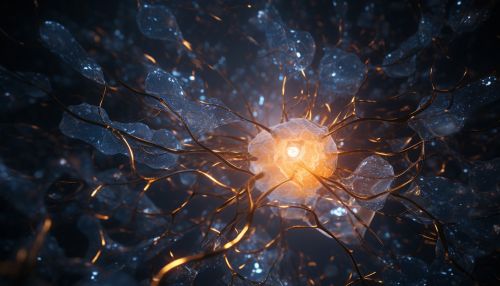
At rest, the neuron's membrane maintains a potential difference, or voltage, with the inside of the cell being negatively charged relative to the outside. This resting membrane potential is primarily maintained by the sodium-potassium pump, a type of ion pump that actively transports Na+ out of the cell and K+ into the cell.
Generation of Action Potential
When a neuron is stimulated, voltage-gated sodium channels open, allowing Na+ ions to flow into the cell. This influx of positive charges makes the inside of the cell less negative, a process known as depolarization. If the stimulus is strong enough to depolarize the cell above a certain threshold, it triggers an action potential.
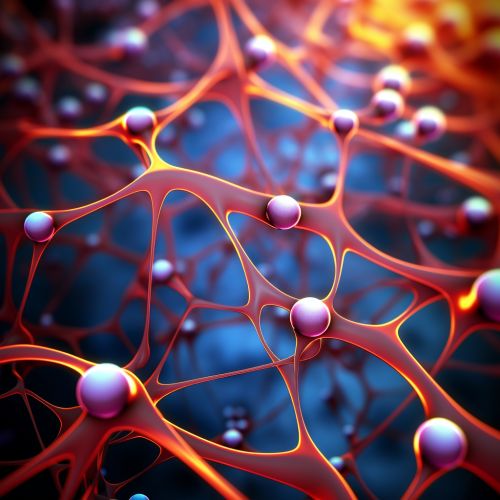
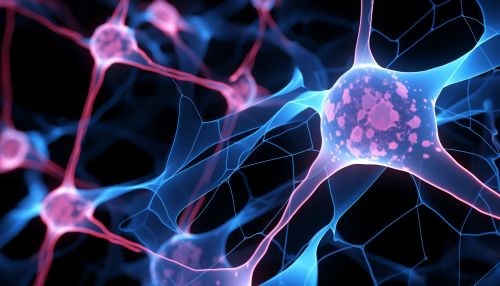
During the action potential, the membrane potential rapidly rises and then falls, returning to its resting state. This is due to the sequential opening and closing of voltage-gated Na+ and K+ channels. After the Na+ channels open and the cell depolarizes, the Na+ channels begin to close while voltage-gated K+ channels open. The outflow of K+ ions repolarizes the cell, returning the membrane potential to its resting state.
Propagation of Action Potential
The action potential propagates along the neuron's axon like a wave. This is due to the fact that the depolarization of one section of the membrane serves as the stimulus for the depolarization of the adjacent section. In this way, the action potential travels from the cell body, or soma, to the axon terminals, where it triggers the release of neurotransmitters.
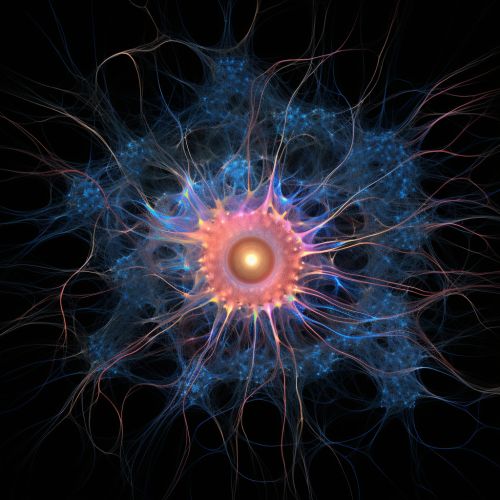
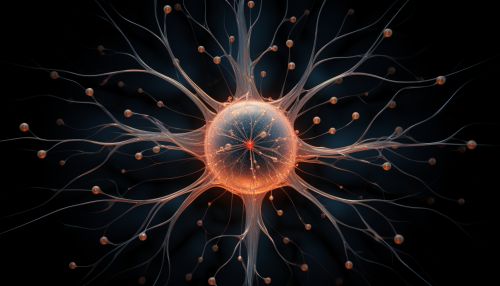
The speed of action potential propagation can vary greatly, depending on the properties of the axon. Myelinated axons, which are wrapped in a fatty sheath called myelin, conduct action potentials much more rapidly than unmyelinated axons. This is due to a process known as saltatory conduction, in which the action potential "jumps" from one node of Ranvier (gaps in the myelin sheath) to the next.
Role in Neural Communication
The action potential plays a crucial role in neural communication. When an action potential reaches the axon terminals, it triggers the opening of voltage-gated calcium channels. The influx of calcium ions causes vesicles filled with neurotransmitters to fuse with the membrane and release their contents into the synaptic cleft. These neurotransmitters can then bind to receptors on the post-synaptic neuron, potentially triggering an action potential in that cell.
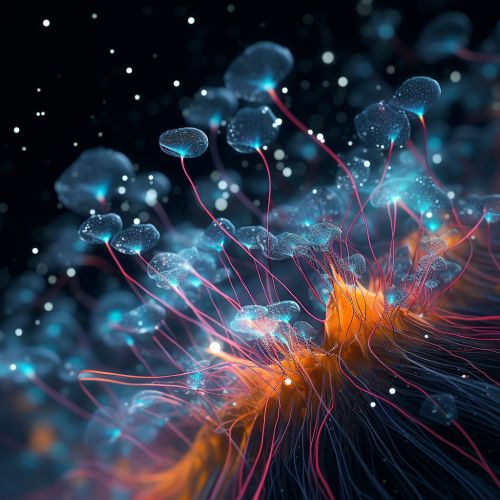
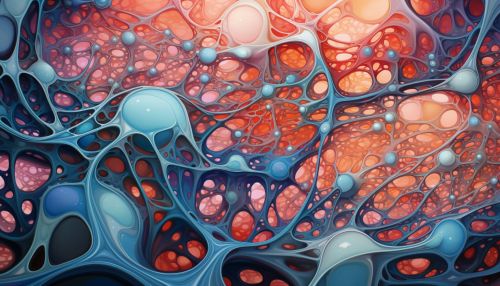
This process forms the basis of synaptic transmission, the primary means of communication between neurons. Through this mechanism, signals can be transmitted from one part of the body to another, enabling a wide range of physiological processes and behaviors.
